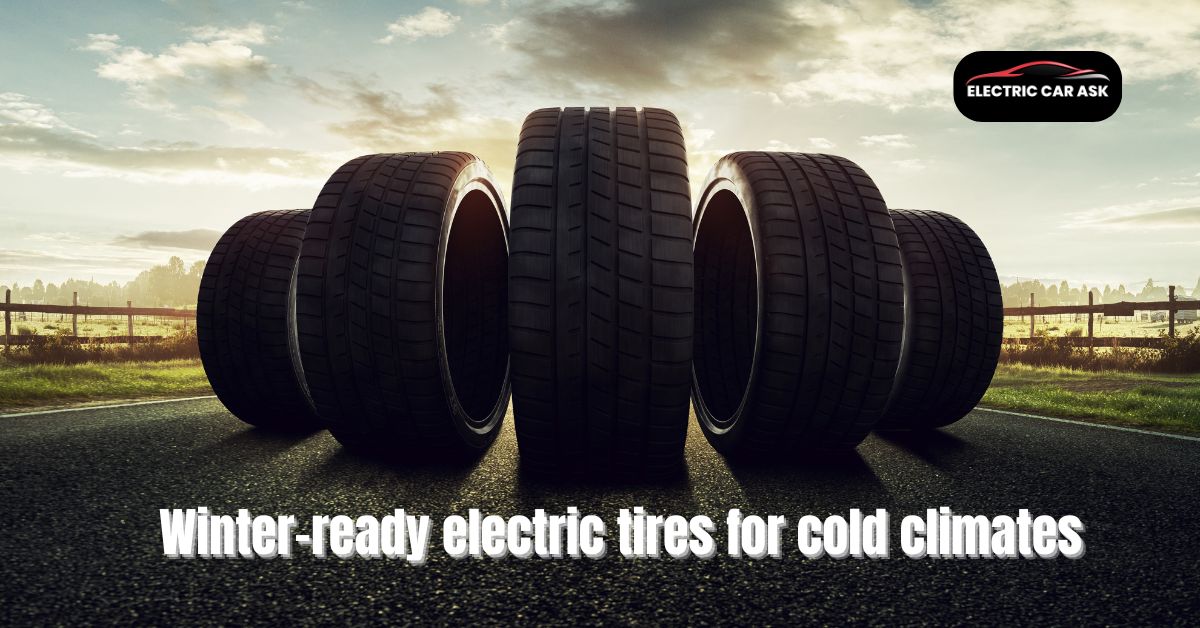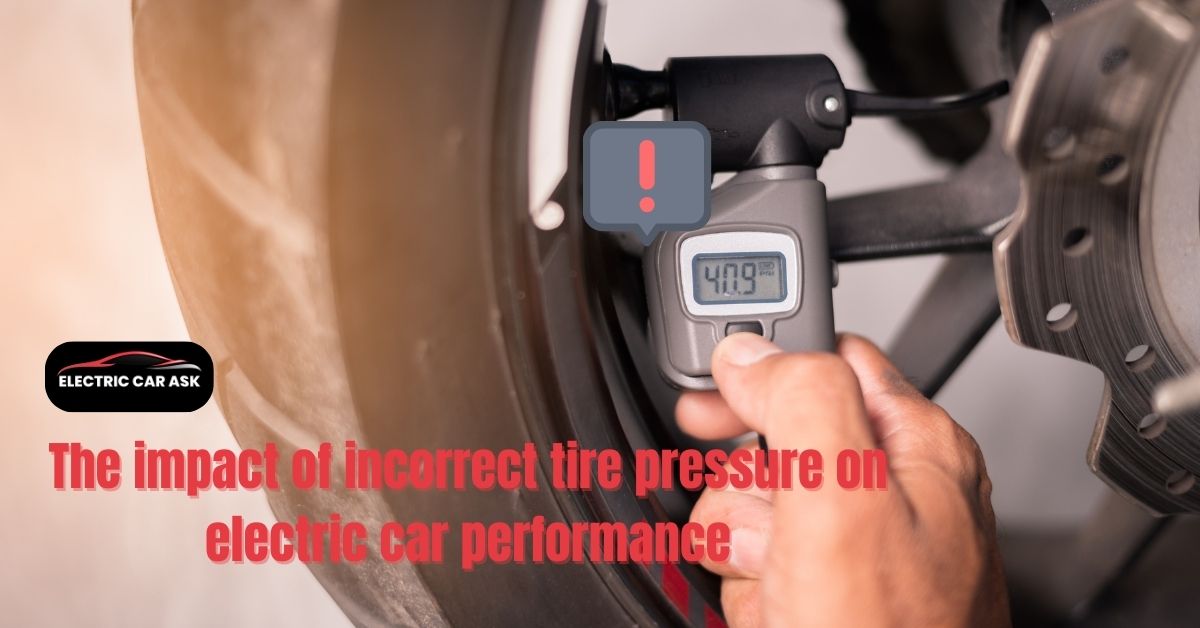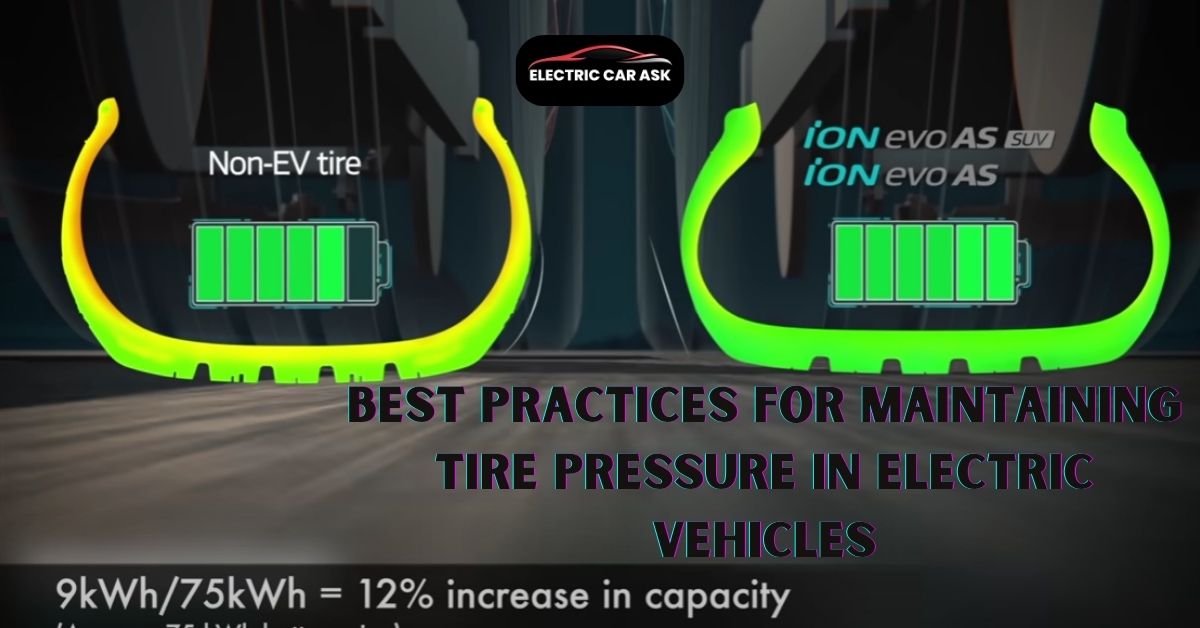Introduction:
Welcome to our guide on becoming an expert in maintaining tire pressure for electric vehicle owners. As the world accepts the change towards sustainable transportation, the popularity of electric vehicles (EVs) continues to grow. Among various benefits that EVs offer EVs offer reduced emissions to lower operating costs, and they have considered a unique benefit which is tire pressure maintenance. Unlike common gas-operated cars, EVs follow a different set of principles that require owners’ special attention for maintenance tasks including tire pressure management.
Importance of maintaining proper tire pressure
Tire pressure is the volume of the amount of air present inside a tire which is measured in pounds per square inch (psi). appropriate tire pressure ensures the tire’s shape, evenly distributes weight, and maintains adequate grip on the road. Under-inflated tires can increase rolling resistance, which reduces fuel. On the other hand, over-inflated tires can result in insufficient friction and a bumpier ride. Electric vehicles require a little more pressure on the tire due to the weight of its battery. But it totally depends on the model of the electric vehicle. To make sure for accurate information looking through the manufacturer’s guidelines is important. EV owners can be certain of the performance, efficiency, and smooth driving experience by maintaining proper tire pressure.
How to Check Tire Pressure
Maintaining optimal tire pressure is a regular part of maintaining the vehicle by electric vehicle owners. To check tire pressure effectively, the owner will need a reliable tire pressure gauge. Digital tire pressure gauges offer precise readings and easy-to-read displays. On the other hand, Analog gauges are more affordable and simpler, providing accurate readings with a traditional dial display.
Park your electric vehicle in a safe place and shut down the engine. Follow the owner’s manual or the sticker on the driver’s side door jamb for recommended tire pressure levels for that particular vehicle. Remove the valve cap from the tire’s valve stem and put it in a safe place. You have to press the gauge firmly onto valve steam until you hear a hissing sound which means the air is flowing into the gauge. if you hold onto the gauge for a moment, you will find out the proper tire pressure through the reading into the gauge meter. After getting the reading on the display, compare it with the manual-suggested psi. If the measured pressure is low then you’ll need to inflate the tire. If it’s higher you’ll need to release some air. Use an air compressor to add air to the tire. once the tire pressure reach is at the correct level, securely screw back the valve cap.
Factors That Affect Tire Pressure
Maintaining tire pressure is not about filling your tires with gas without any consciousness for later.
Many other things can influence tire pressure. These factors can help you understand the changes in tire pressure and take precautionary steps to maintain tire pressure.
Temperature has an important impact on tire pressure. Along with temperature changes, the air inside your tires can expand or contract. In hot weather, tire pressure increases. On the other hand, cold weather can make the tire pressure drop.
Before starting a long trip, ensure that your tires are properly inflated and check them for any signs of damage. Similarly, if you are planning to keep the vehicle unused for a long period of time, then inflate the tires to slightly higher pressure levels for potential pressure loss.
Optimizing Tire Pressure for Electric Vehicles
Maintaining optimal tire pressure is quite an essential work for electric vehicles. Otherwise, it will affect the vehicle’s performance, and smoothness and cause a bumpy experience to the owner. The exact or proper tire can be identified by the owner’s manual or the manufacturer’s but it can vary for the different models of the vehicle. These manual guidelines consider factors such as vehicle weight, tire size, and driving conditions of the vehicle.
Two things regular tire rotations and alignments are considered matters for maintaining proper tire pressure. Tire rotations help to ensure the distribution of weight among four tires which minimizes the pressure on the tire and extends its lifespan. As well wheel alignments help to make proper friction on the road for a comfier ride and maintain stability. By maintaining proper coordination between tire rotations and alignments, you can enjoy a longer ride and performance of your tires, saving time and money in the future.
Conclusion:
In the end, maintaining tire pressure on a regular basis is essential for both the owner and the welfare of the vehicle. We’ve learned the importance of tire pressure maintenance and the variance of it in different vehicles that owners must keep in mind. Checking tire pressure among the other necessary maintenance of the car should be a concern of the vehicle owner. It can avoid accidents, and sudden misfortunes along the way and improve the driving experience of the owner. Otherwise, the tire pressure can be a headache for the owner if it isn’t taken care of on a daily basis. Electric vehicles can help play a role in protecting the environment and reducing carbon emissions. By prioritizing tire pressure maintenance, you can get the best performance of your vehicle along with your contribution to the environment.



